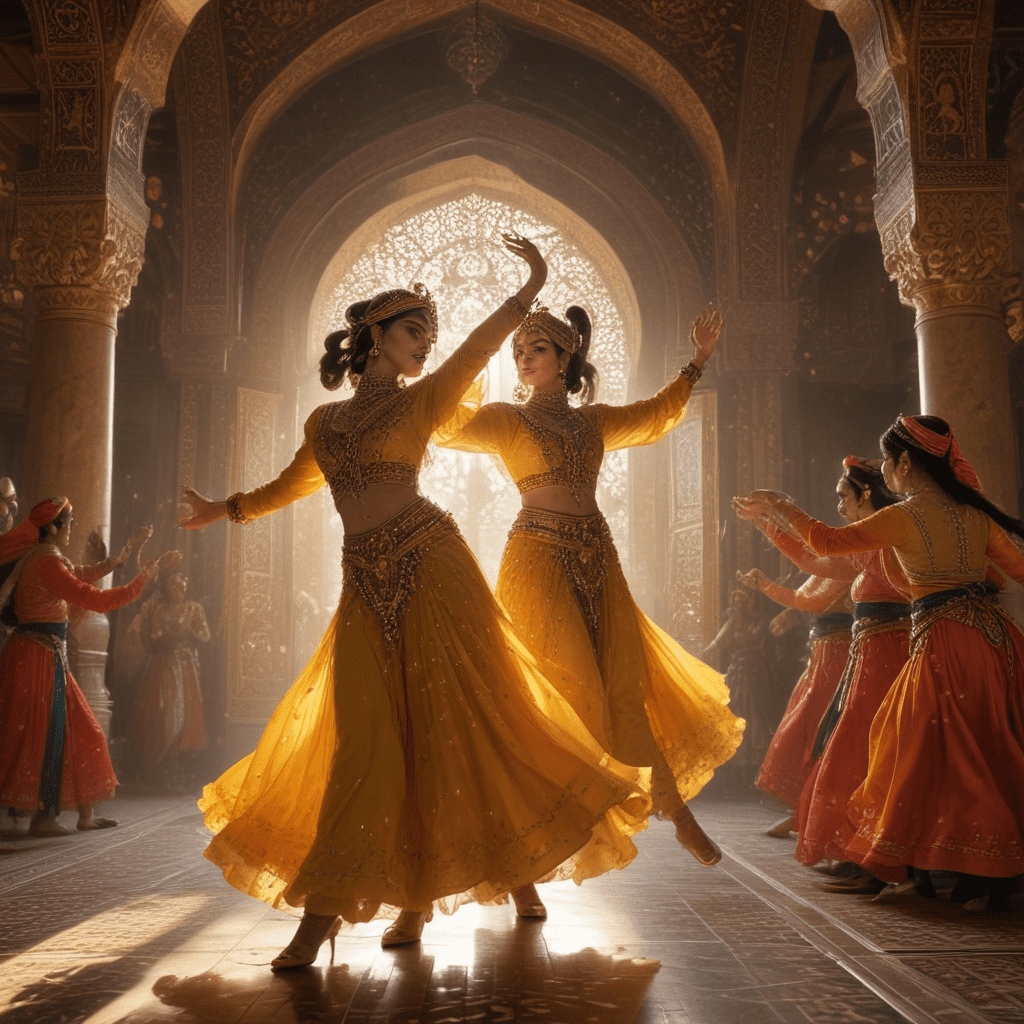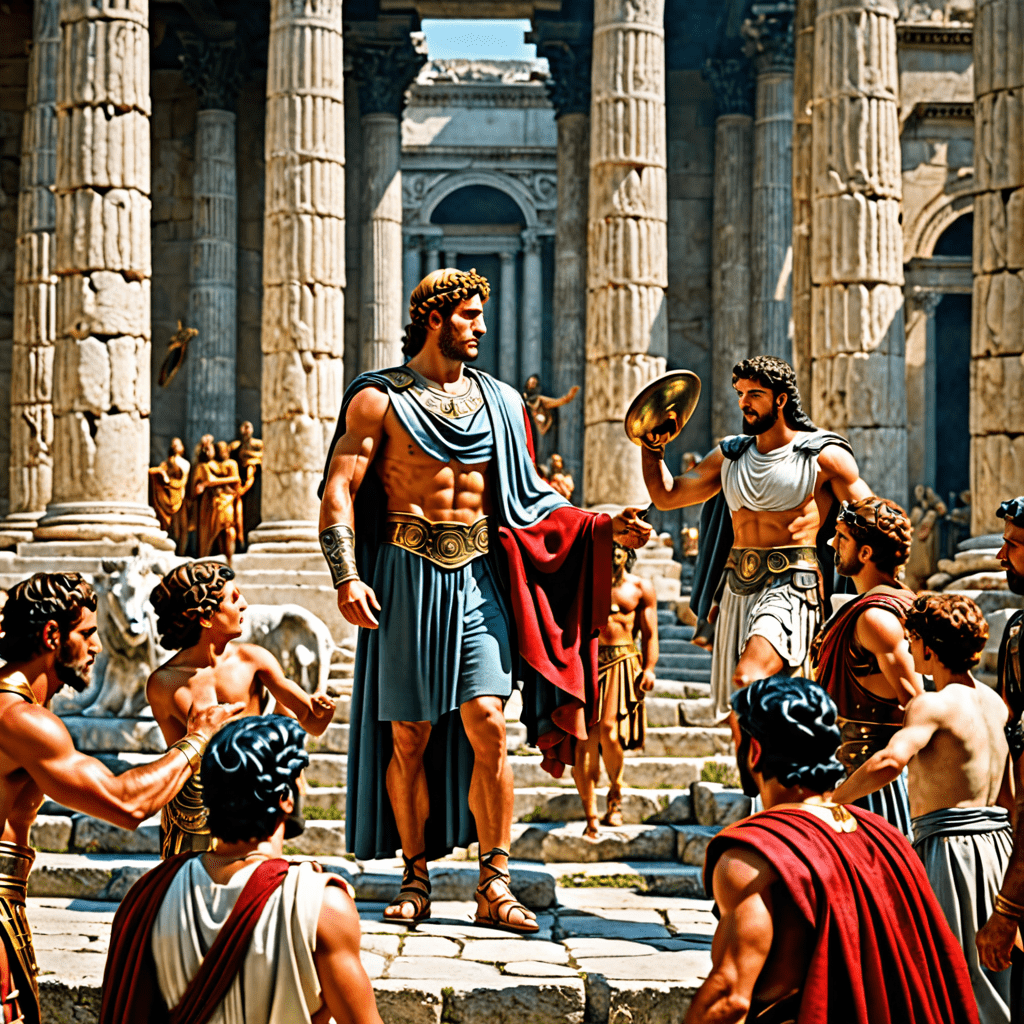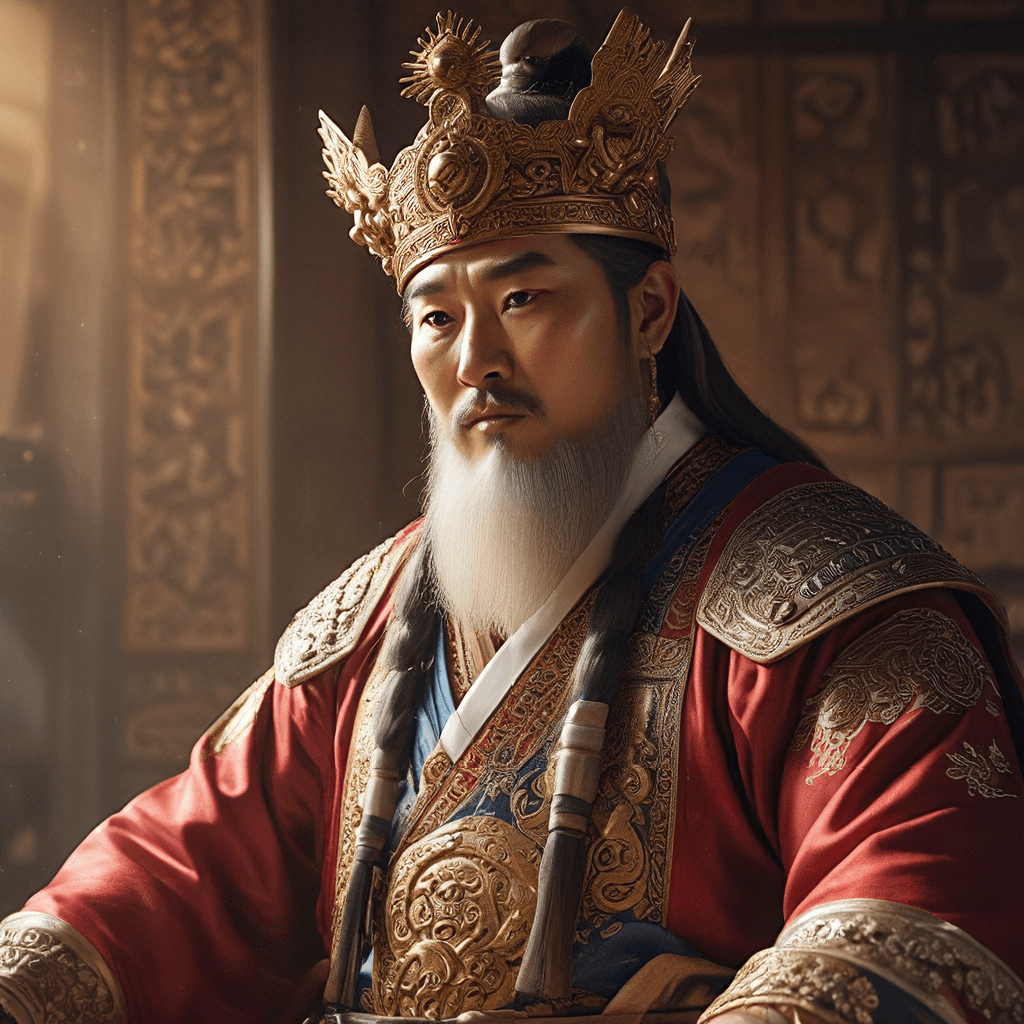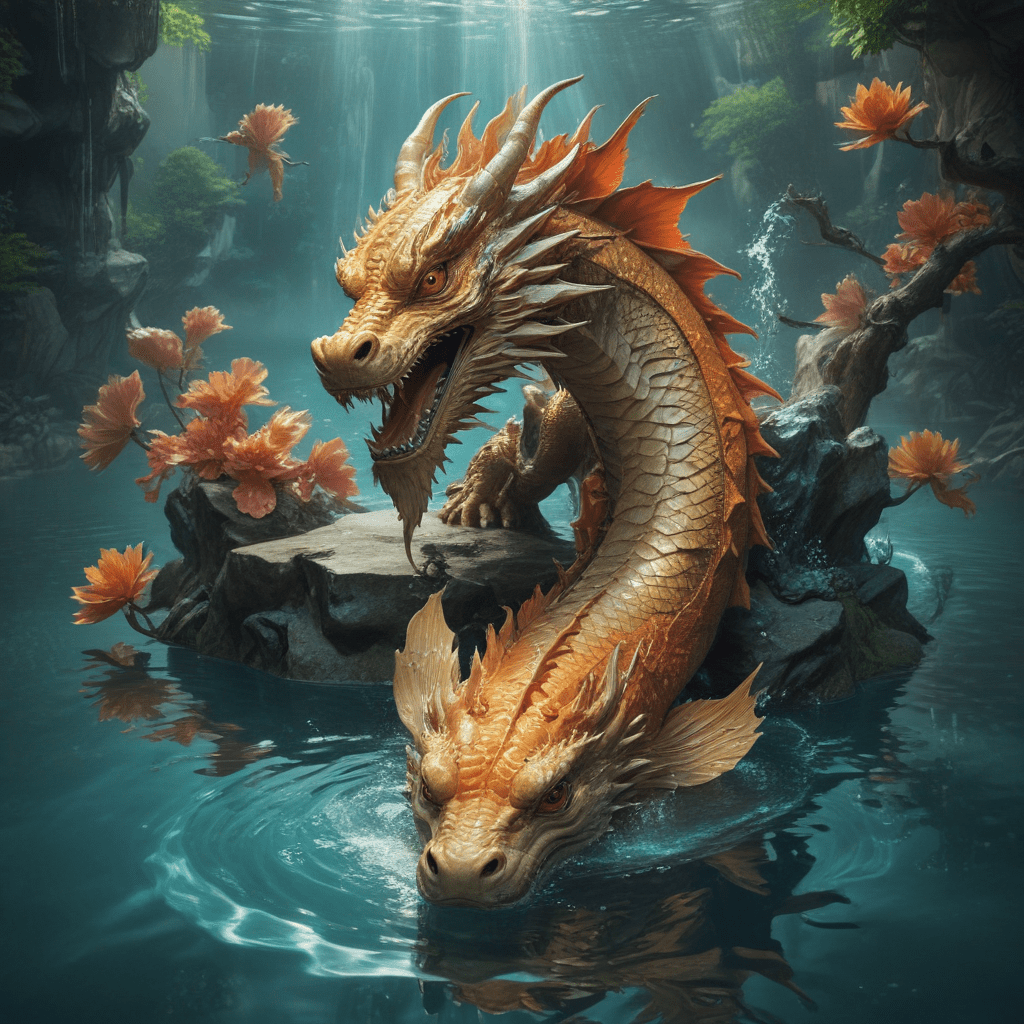1. Introduction
Who are the Peris?
In the enchanting realm of Persian folklore, the Peris occupy a prominent place, captivating imaginations with their ethereal beauty, alluring grace, and mystical qualities. These celestial beings, often depicted as winged females
6. Comparisons to Other Mythologies
The myth of the Peri dance resonates with similar themes found in other mythologies around the world. Comparisons can be drawn with creatures like fairies, nymphs, and sirens, each embodying captivating beauty and an alluring, sometimes dangerous, presence.
Fairies, rooted in Celtic folklore, are often depicted as small, ethereal beings with a mischievous nature. While some fairies might be benevolent, others could lure humans to their doom, much like the perilous allure of the Peri dance.
Nymphs, in Greek mythology, were nature spirits associated with specific elements like water or forests. Their beauty and charm could captivate mortals, leading to dangerous consequences, mirroring the captivating dance of the Peris.
Sirens, from Greek mythology, were creatures who lured sailors with their enchanting songs, ultimately leading them to shipwreck and death. This parallels the seductive nature of the Peri dance, which could drive onlookers to madness or even death.
These cross-cultural parallels highlight the universal human fascination with captivating beauty and its potential to lead to both pleasure and peril. The myth of the Peri dance, along with these other mythological creatures, explores the seductive power of the unknown and the consequences of succumbing to its allure.
7. Modern Interpretations and Adaptations
The allure of the Peri dance continues to inspire contemporary artists, writers, and filmmakers to reinterpret the myth for modern audiences. These modern adaptations explore new themes and interpretations, offering fresh perspectives on this timeless story.
In literature, authors like Salman Rushdie and Azar Nafisi have incorporated the Peri dance into their works, using it as a metaphor for forbidden desire, unattainable beauty, and the ephemeral nature of life.
Visual artists have reimagined the Peris and their dance through paintings, sculptures, and installations. These modern interpretations often explore themes of cultural identity, gender roles, and the relationship between humans and the natural world.
Filmmakers have also been captivated by the myth, with movies like "The Fall" and "Miral" incorporating elements of the Peri dance into their narratives. These adaptations often explore the psychological impact of beauty and the seductive power of the unknown.
These contemporary interpretations demonstrate the enduring relevance of the Peri dance myth in our modern world. By exploring new themes and interpretations, these adaptations keep the myth alive, ensuring its continued relevance for future generations.
8. Conclusion
The myth of the Peri dance remains a captivating story in Persian folklore, embodying themes of unattainable beauty, desire, and the fleeting nature of life. Its cultural significance extends beyond storytelling, influencing music, dance, and artistic traditions, offering valuable insights into Persian social and religious beliefs.
Comparisons with similar figures across world mythologies highlight the universal human fascination with the alluring power of beauty and its potential consequences. Modern reinterpretations and adaptations further demonstrate the enduring relevance of the myth in contemporary society, ensuring its continued relevance for future generations.
The Peri dance continues to captivate our imaginations, inviting us to contemplate the seductive power of the unknown and the complexities of human desire.
9. References



